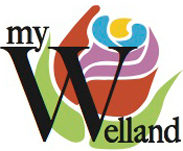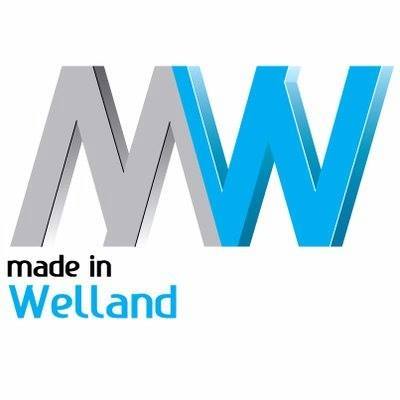At their meeting on August 18, Welland City Council approved Report P&B 2022-47, adopting the proposed Development Charges (DC) Background Study and By-laws.
The approval ensures that the City collects the appropriate amount of money needed to support new growth for park improvements, new and expanded trails, water and sewer infrastructure, and fire trucks and equipment.
The City engaged DFA Infrastructure International Inc. to undertake the process of developing a new DC background study and by-laws. The background study was done in compliance with guidelines and the procedures for calculating development charges in the Development Charges Act.
Based on the consultant’s report, Welland will increase its residential population by 25,094 in the next 10 years and an additional 23,547 in the 10 years following, for a total increase of 48,642 new residents by 2041 (Table 6-1). Additionally outlined is the mix of housing anticipated, with 60 per cent of new units being townhouses, apartments, or accessory dwellings (Table 6-2).
“The new development charges will ensure that new development pays for the cost of infrastructure required to accommodate this growth,” said Grant Munday, Director of Planning and Development Services.
The Development Charges Act and the City’s current Development Charges By-law 2019-83 state that municipalities must update and complete a new background study to determine development charges within five years of the existing by-law. Though the current expiry date is just under two years away, there are several reasons why the by-law is being changed:
- several changes to the Development Charges Act, which require changes to the City’s by-law
- a significant increase in residential, commercial, and industrial growth beyond what was contemplated in the background study for the current By-law
- several completed studies providing an up-to-date costing of the capital needs required to accommodate future growth
The purpose of development charges is to offset increases in capital costs, with the intent that growth pays for growth and the municipal portion of the tax rate does not increase due to the growth-related portion of capital projects. These capital costs include parks & trail improvements, water and sewer infrastructure, stormwater management, roads, administration (development-related studies), fire facilities and equipment, and transit vehicles. The capital costs derived from the various plans and studies forecast the needs for the City to accommodate new and existing development.
The proposed residential development charges by unit type are listed in Table 9-5 for each service. For example, the development charge for a single detached or semi-detached dwelling unit with water and sewer is $8,832.42. This represents a 0.17% increase from the previous charge, which will help control the cost of new housing in the City while also ensuring the resources are available to support existing and future residents and businesses.
|
|
|
|
|
 Back to myNiagaraOnline
Back to myNiagaraOnline























